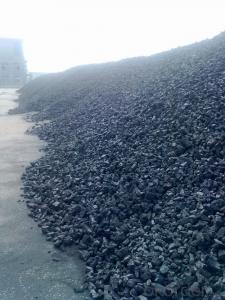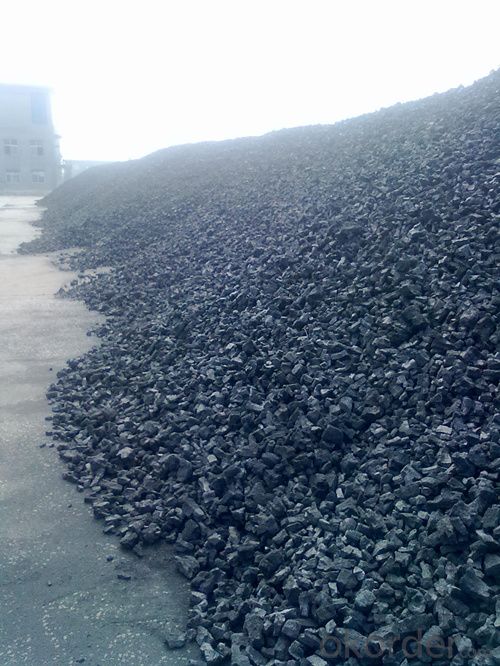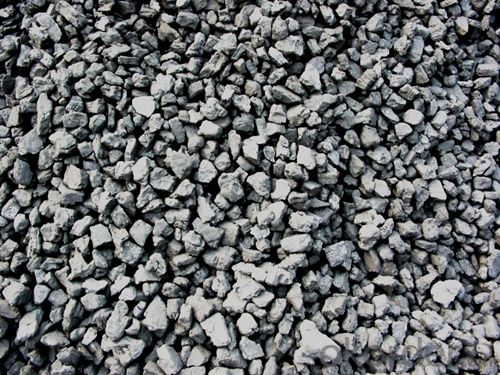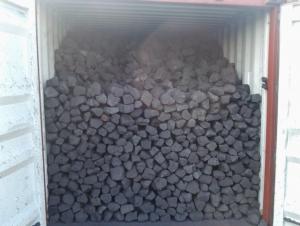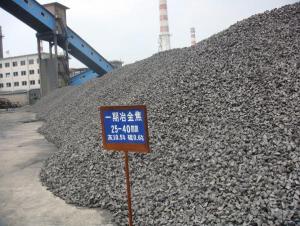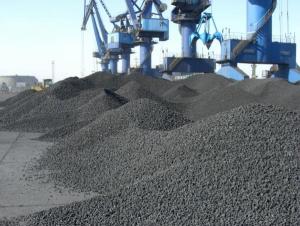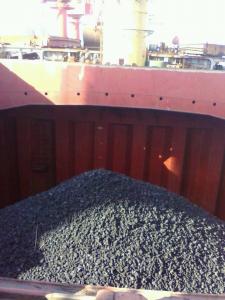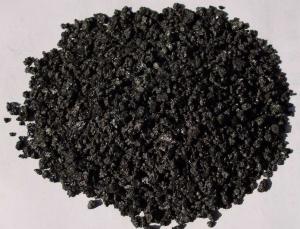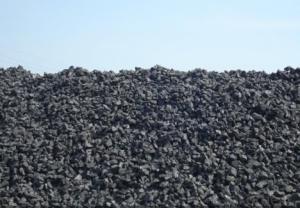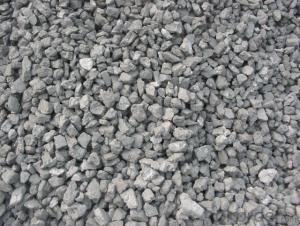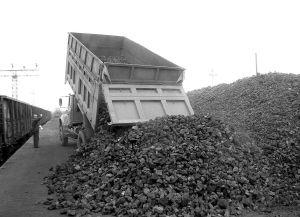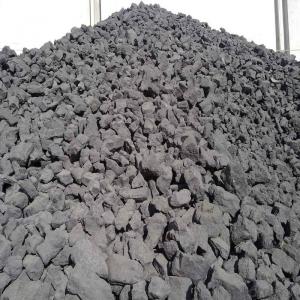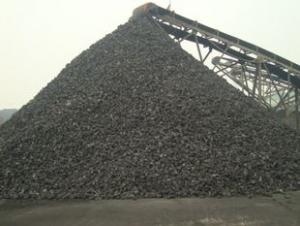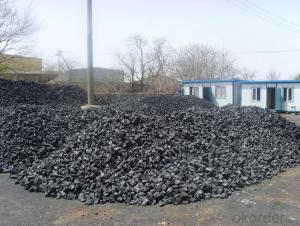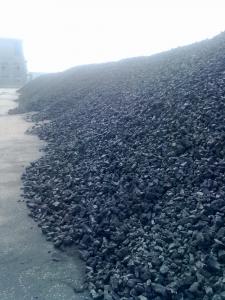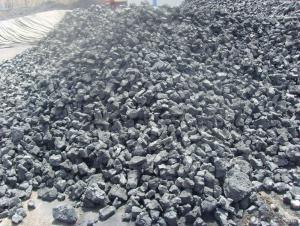CNBM Nut Coke with Low Phosphorous
- Loading Port:
- Tianjin
- Payment Terms:
- TT OR LC
- Min Order Qty:
- 100 m.t.
- Supply Capability:
- 3000 m.t./month
OKorder Service Pledge
OKorder Financial Service
You Might Also Like
1. Structure of Nut Coke with Low Phosphorous Description:
Coke is made by high temperature metallurgical coke for blast furnace smelting, casting and gasification. Occurring in the process of coking after recovery and purification of coke oven gas is a high calorific value of fuel, is an important industrial raw material in organic synthesis.
Coke is mainly used for blast furnace ironmaking and used for copper, lead, zinc, titanium, antimony, mercury and other non-ferrous metal smelting of blast furnace, reducing agent, compound and the function of stock column frame.
Blast furnace with Coke instead of charcoal, which laid a foundation for the large-scale of modern blast furnace, is a major milestone in the history of metallurgy.
2. Main Features of Nut Coke with Low Phosphorous:
• Quality assurance
• Mutual benefit
• Preferential price
• Various choice
3. Nut Coke with Low Phosphorous Images:


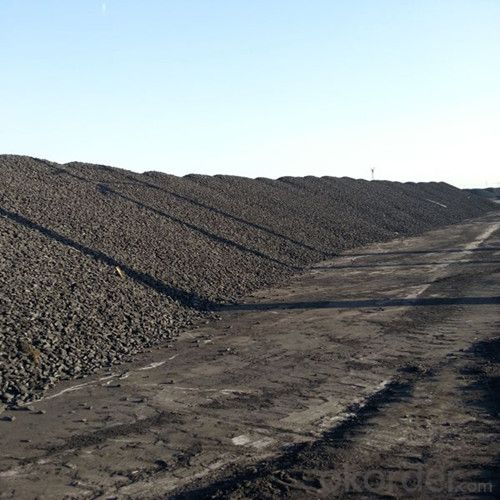
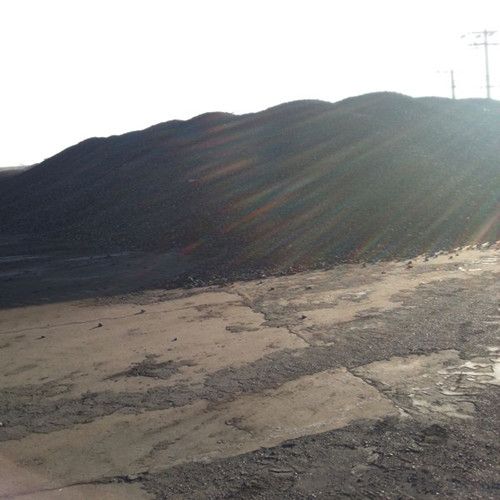
4. Nut Coke with Low Phosphorous Specification:
Parameters | Guarantee | Rejection |
Total Moisture ( As received basis ) | 8% max | |
Ash ( dry basis ) | 12.5% max | > 13.5% |
Volatile Matter ( dry basis ) | 1.5% max | > 1.8% |
Sulphur ( dry basis ) | 0.70% max | > 0.80% |
Phosphorus ( dry basis ) | 0.020% max | > 0.025% |
Size 10-30 mm | 90% min | |
+30 mm | 5% max | > 8% |
-10 mm | 5% max | >8% |
5. FAQ
We have organized several common questions for our clients,may help you sincerely:
1) How to guarantee the quality of the products?
We have established the international advanced quality management system,every link from raw material to final product we have strict quality test;We resolutely put an end to unqualified products flowing into the market. At the same time, we will provide necessary follow-up service assurance.
2) What are coke's main physical properties?
The average heat capacity is 0.808 kj/(KGK) (100 ℃), 1.465 kj/(KGK) (1000 ℃)
Thermal conductivity is 2.64 kj/(MHK) (room temperature), 6.91 kj/(MHK) (900 ℃);
Ignition temperature (air) is 450-650 ℃.
3) How about your company?
Our company began to export coke when China cancelled 40% of coke export tariffs and quotas on January 1, 2013. We export many kinds of coke, such as CSR60 % and CSR 62% metallurgical coke (met coke), the NUT coke of 20 to 50 mm, coke breeze of 3 to 6 mm, and so on.
- Q: Standard grade two grade coke standard
- 2, the phosphorus in the coke: iron metallurgical coke coke content should be in the following 0.02 - 0.03%.3, the ash content of coke: Coke Ash on the impact of the blast furnace smelting is very significant. Coke ash increased by 1%, coke consumption increased by 2 - 2.5%, therefore, the reduction of coke ash is very necessary.4, volatile in coke: according to the volatile content of coke can determine the maturity of coke. Such as volatile content is greater than 1.5%, is said to produce coke; volatile less than 0.5 - 0.7%, it is said to be overdone, the general maturity of metallurgical coke volatile is divided into about 1%.
- Q: Coke is how to produce, what is its purpose?
- Natural coke. Coke can be obtained by high-temperature carbonization of coal:
- Q: What chemical plant used to coke
- . Coke obtained from high temperature coking for blast furnace smelting, casting and gasification. Coke oven gas produced in the process of coking and recovery is not only a high calorific value of fuel, but also an important industrial raw material for organic synthesis. Coke is mainly used in blast furnace ironmaking and smelting of non-ferrous metals such as copper, lead, zinc, titanium, antimony, mercury and so on. The use of coke instead of charcoal in the blast furnace has laid the foundation for the large-scale development of modern blast furnaces and is a major milestone in the history of metallurgy
- Q: What are the uses of these early industrial iron and steel? Any difference?What kind of carbon do we eat in the middle of a long strip of carbon?
- Coal:The use of coal is very extensive, according to the purpose of its use for three main purposes:(1) power coal,(2) coking coal,(3) coal used in coal chemical industry, which mainly includes gasification coal, coal for low temperature carbonization, hydrogenation of liquefied coal and so on.
- Q: What is the difference between coke and carbon residue? Coke is a high-temperature refining, carbon residue can be used for civilian fuel it?
- Coke concept:Bituminous coal in the absence of air is heated to 950-1050 DEG C, after drying, pyrolysis, melting, bonding, curing and contraction of the final stage of this process is made of coke, coking high temperature (high temperature carbonization). By high temperature coking coke for blast furnace smelting, casting and gas generated in the process of coking. After the recovery and after the purification of coke oven gas is not only a high calorific value of fuel, and is an important raw material for organic synthesis industry. Metallurgical coke is coke, coke, iron alloy coke and non-ferrous metal smelting coke for metallurgical coke collectively. More than 90% were used for blast furnace ironmaking blast furnace coke, so often referred to as metallurgical coke is coke. The special cupola molten iron and coke. Coke is the main fuel cupola molten iron. It is melting charge and molten steel overheating, the support column to maintain its good permeability. Therefore, coke should Have large blocks, low reactivity, porosity is small, with impact crushing strength, low ash and sulfur enough.
- Q: What's the connection between coking coal and coke
- Coking coal is divided into two categories, the first category of coking coal dry ash free volatile Vdaf>10% ~ 28%, G>65 bond index, thickness, y = 25mm. This part of the coking coal is particularly good, can separate the qualified blast furnace coke. Another kind of coking coal dry ash based volatile Vdaf>20% ~ 28%, caking index G>50 ~ 65, coking than the former difference. Coking coal is a kind of typical coking coal, which has a good thermal stability
- Q: Braised meat burning coke, iron black layer, I do not know how to clean, please help answer
- Tomatoes to the bottom of the potNot a few good tomatoes in the pot boil, it will naturally fall.4, beer and liquor to the bottom of the potIf cooking is careful not to paste pot, the pot dish, if not easy to brush off, can pour a little wine and beer and a small amount of water (1:1:0.5 ratio) mixed cover, placed 5 minutes after it is easy to scrub clean.
- Q: The cost of iron ore and coke
- Per ton of iron ore 490 yuan / ton, the use of steel per ton coke of 500 kg, coke per ton of 1250 yuan / ton. You can calculate the proportion of these data
- Q: What is the difference between coke and semi coke in ferrosilicon smelting process? In the process of energy statistics in the end should be 0.9714 of the conversion coefficient should be used with the conversion coefficient of 0.75 x 0.9714, please expert advice? emergencyUrgent!
- Coke is used for smelting iron alloy coke, and the coke is used in blast furnace and used for copper, lead, zinc, titanium, antimony, mercury and other non-ferrous metal smelting of blast furnace, reducing agent, heating agent and columnar skeleton.
- Q: I work in the coking plant, so there are conditions to get coke and is burning, I would like to use coke barbecue line? Just like charcoal Mutton Cubes Roasted on a Skewer, OK? Understand the answer
- I work in the coking plant, so there are conditions to get coke and is burning, I would like to use coke barbecue line? Just like charcoal Mutton Cubes Roasted on a Skewer, OK? Understand the answer
Send your message to us
CNBM Nut Coke with Low Phosphorous
- Loading Port:
- Tianjin
- Payment Terms:
- TT OR LC
- Min Order Qty:
- 100 m.t.
- Supply Capability:
- 3000 m.t./month
OKorder Service Pledge
OKorder Financial Service
Similar products
Hot products
Hot Searches
Related keywords
